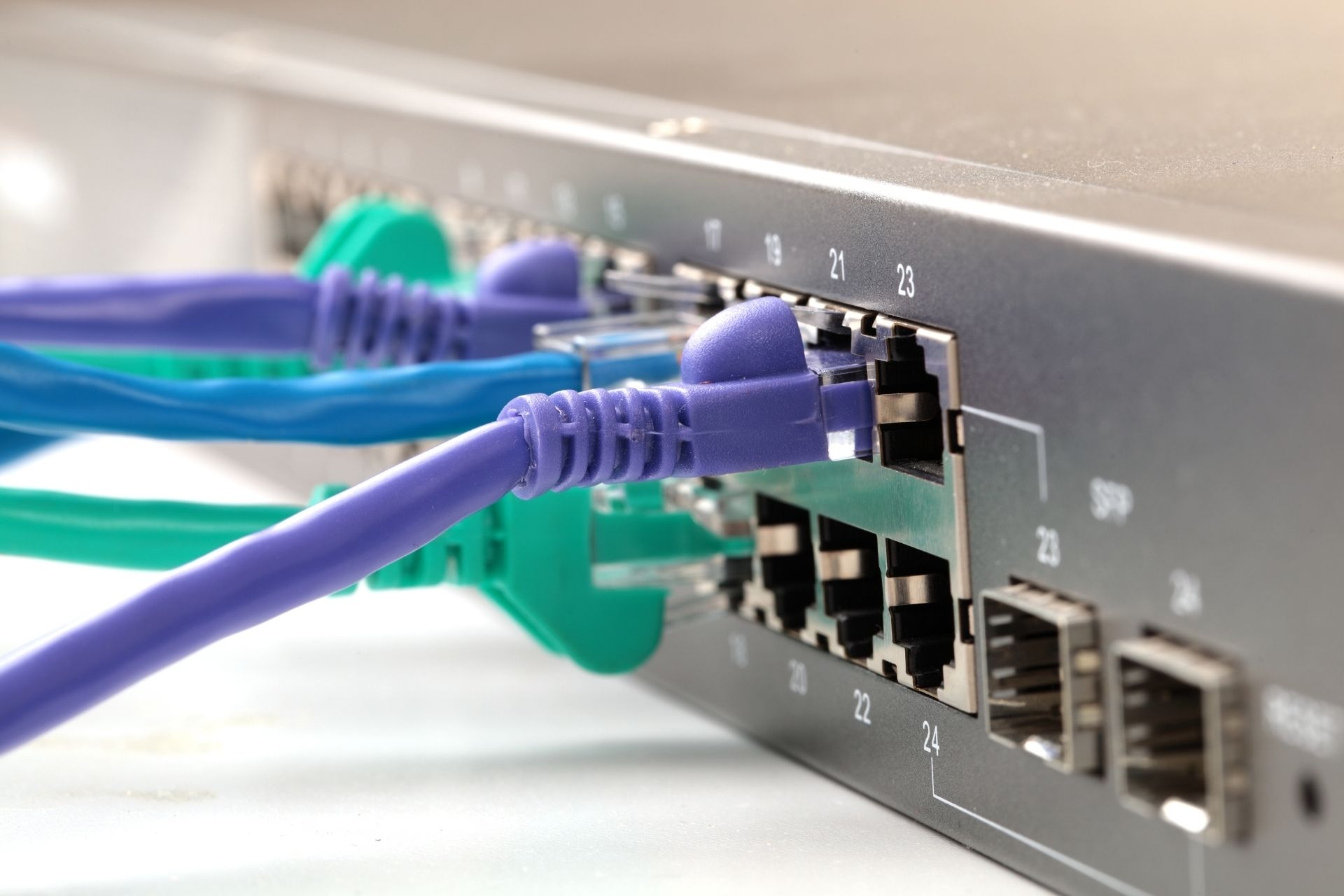Quantum Dot Enhancement
How do quantum dots enhance the color accuracy of displays?
Quantum dots enhance the color accuracy of displays by emitting light at very specific wavelengths, allowing for a wider color gamut and more precise color reproduction. By tuning the size of the quantum dots, manufacturers can achieve a broader range of colors, resulting in more vibrant and lifelike images on screens. This technology helps to overcome the limitations of traditional display technologies, such as LCDs, by providing a more accurate representation of colors, making images appear more realistic and true to life.



